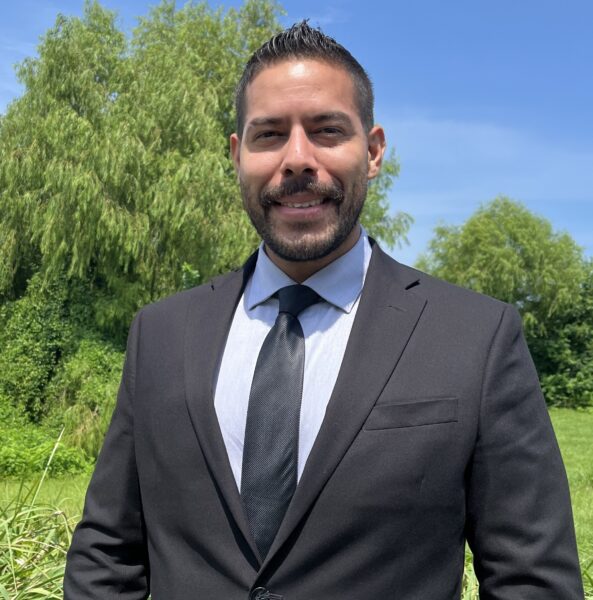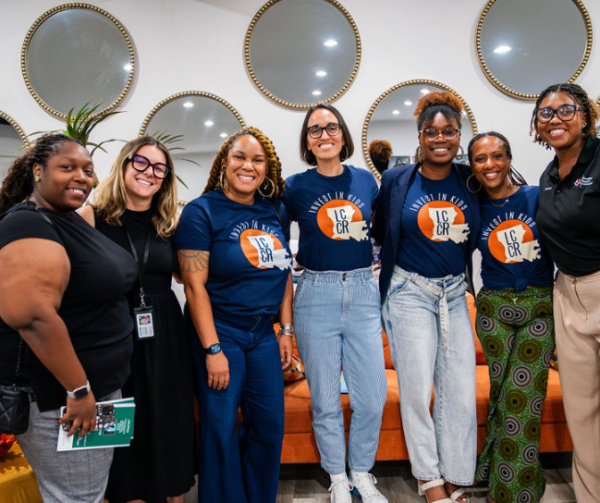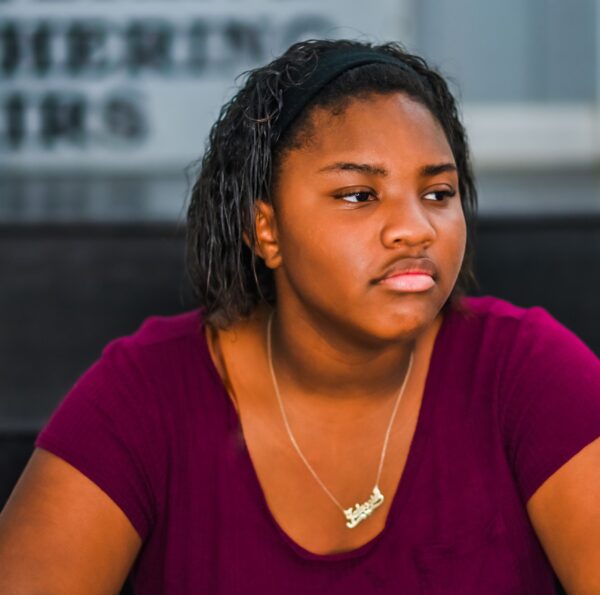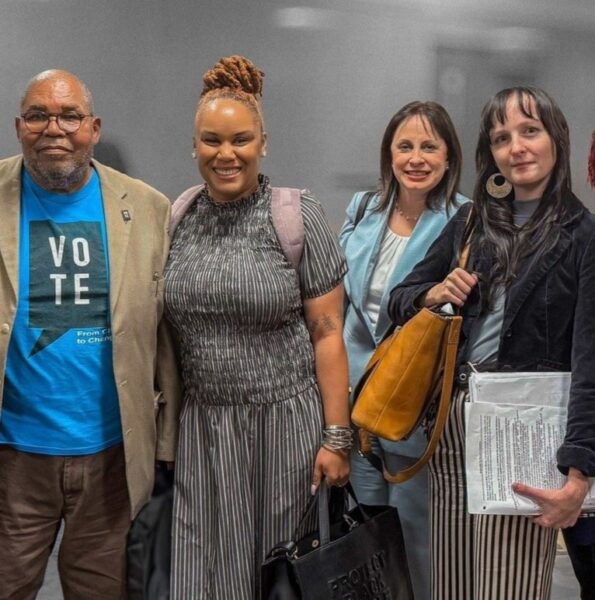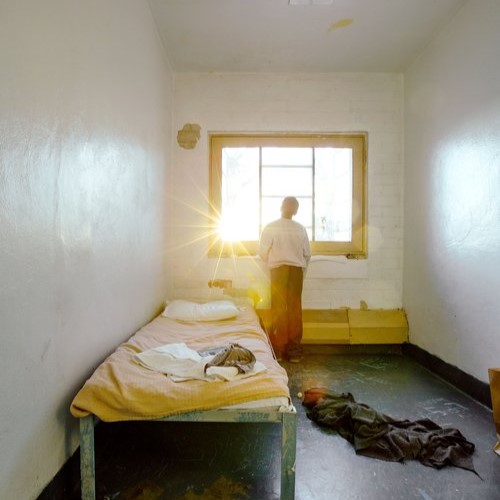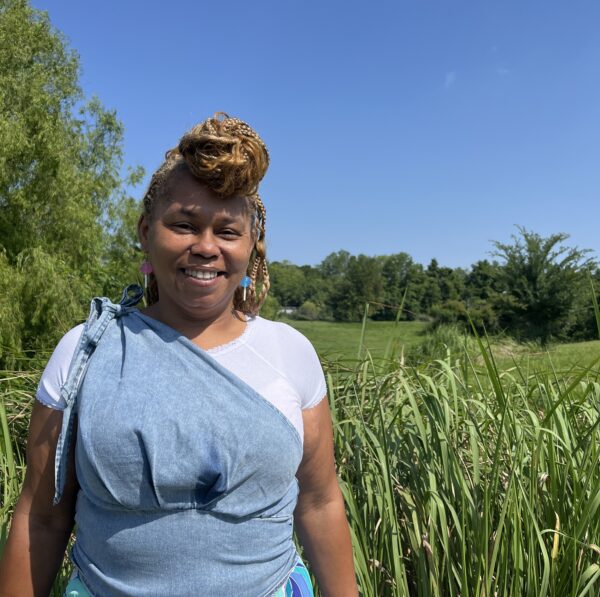LCCR Staff Spotlight: Kisha Edwards
This is the first article in our Staff Spotlight series, where we will interview staff to learn more about their background, skills, and motivation to do this essential work for kids in Louisiana. In this article, we will discuss Kisha’s work as a youth advocate and how her unique lived experience fuels her advocacy for our kids.



